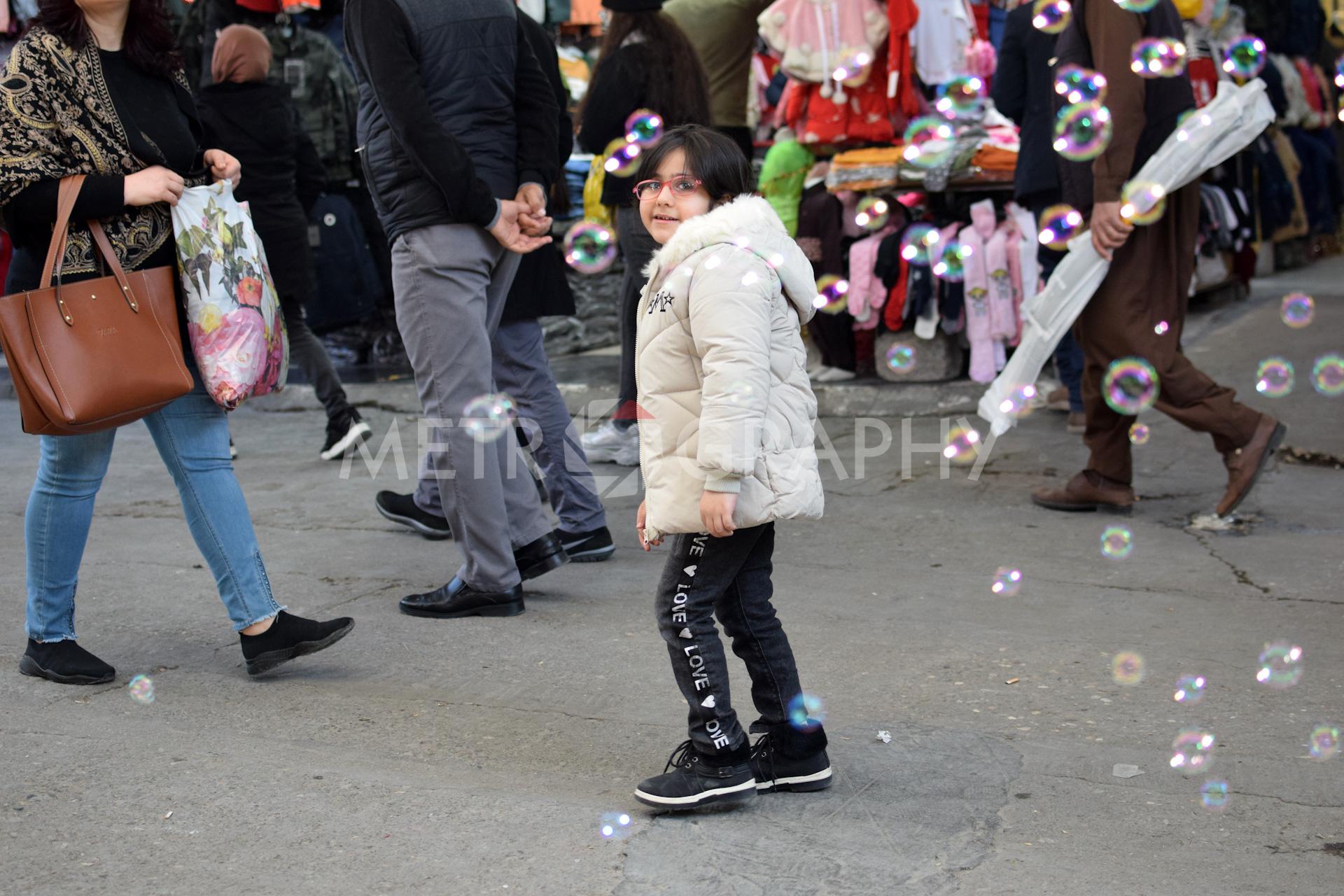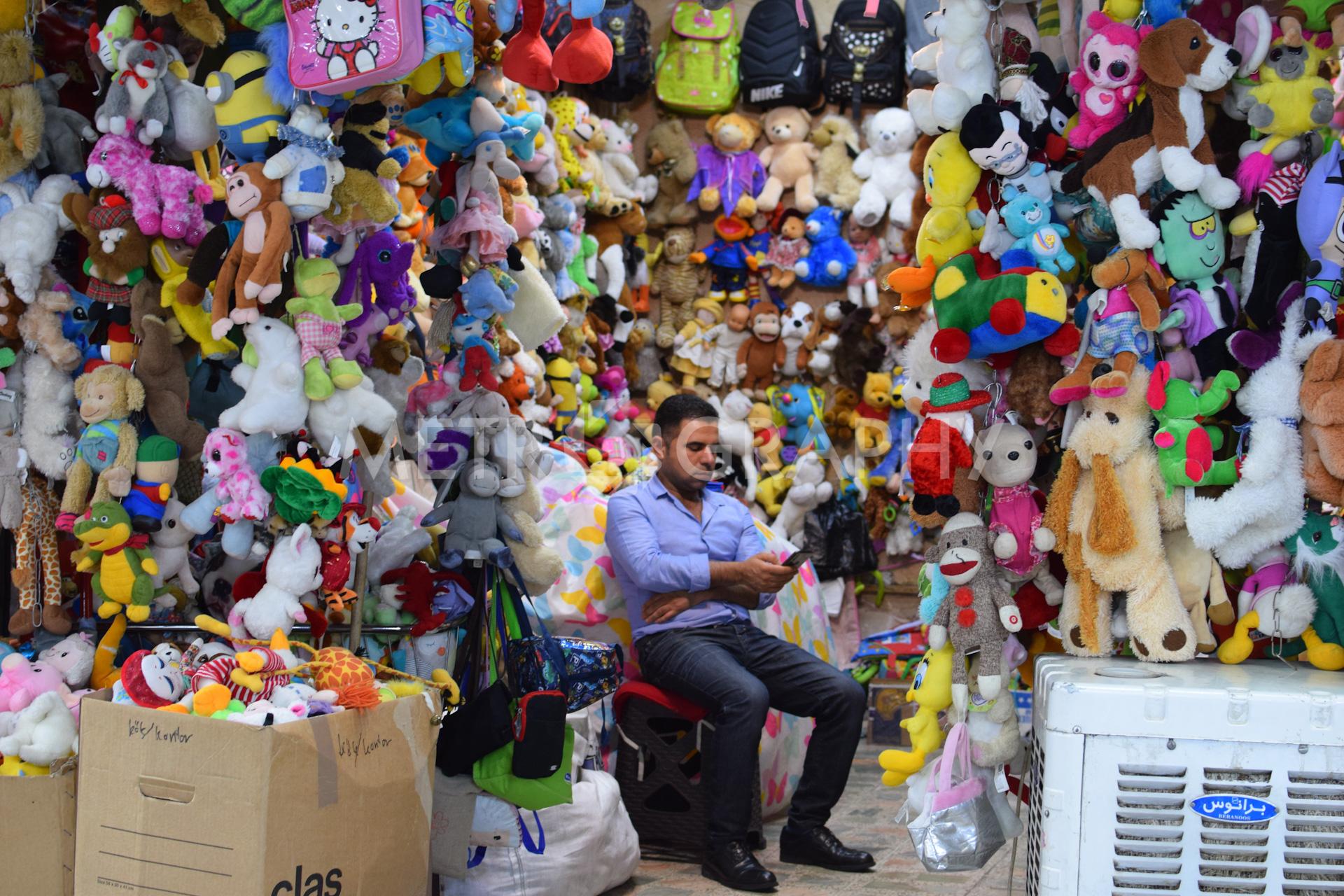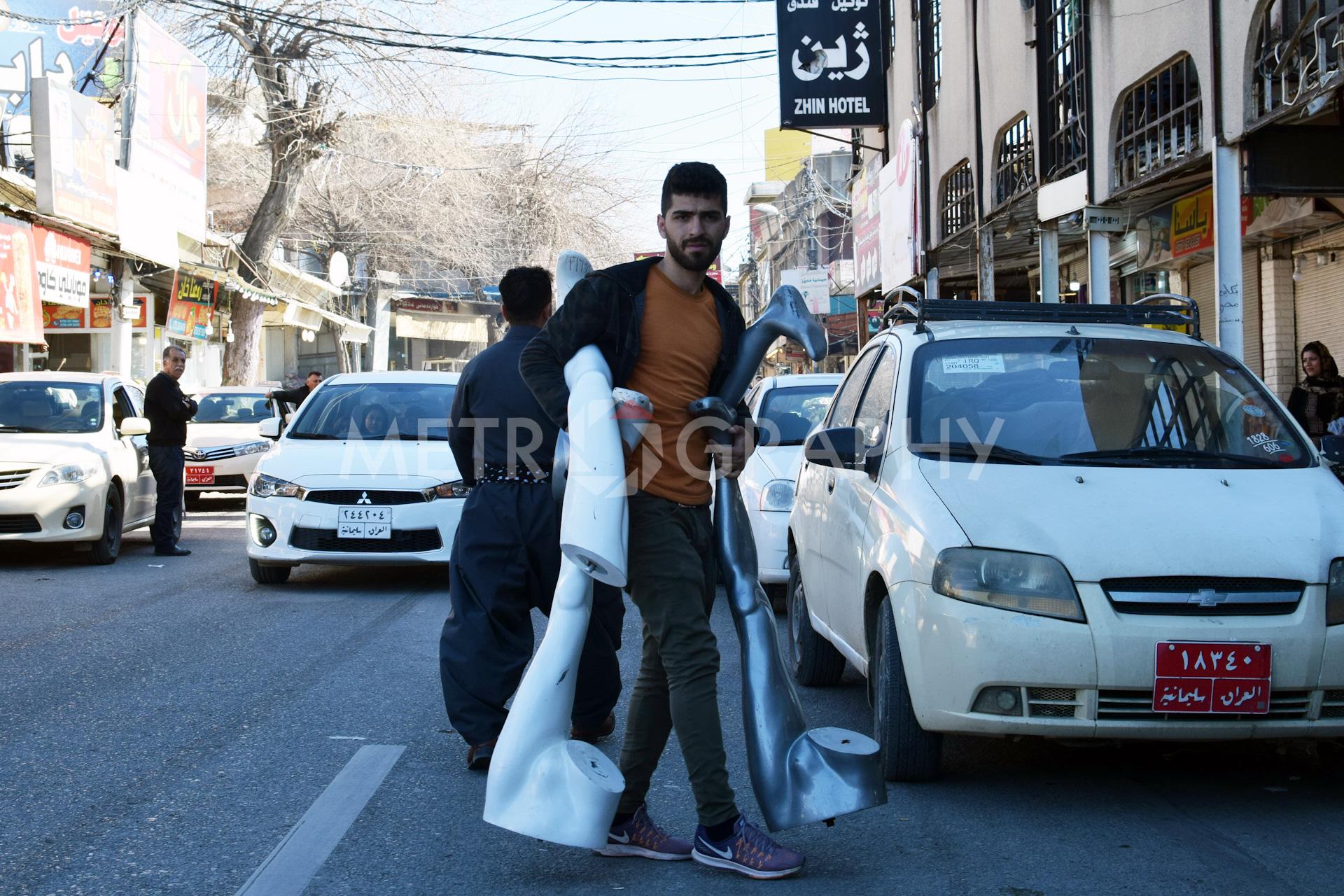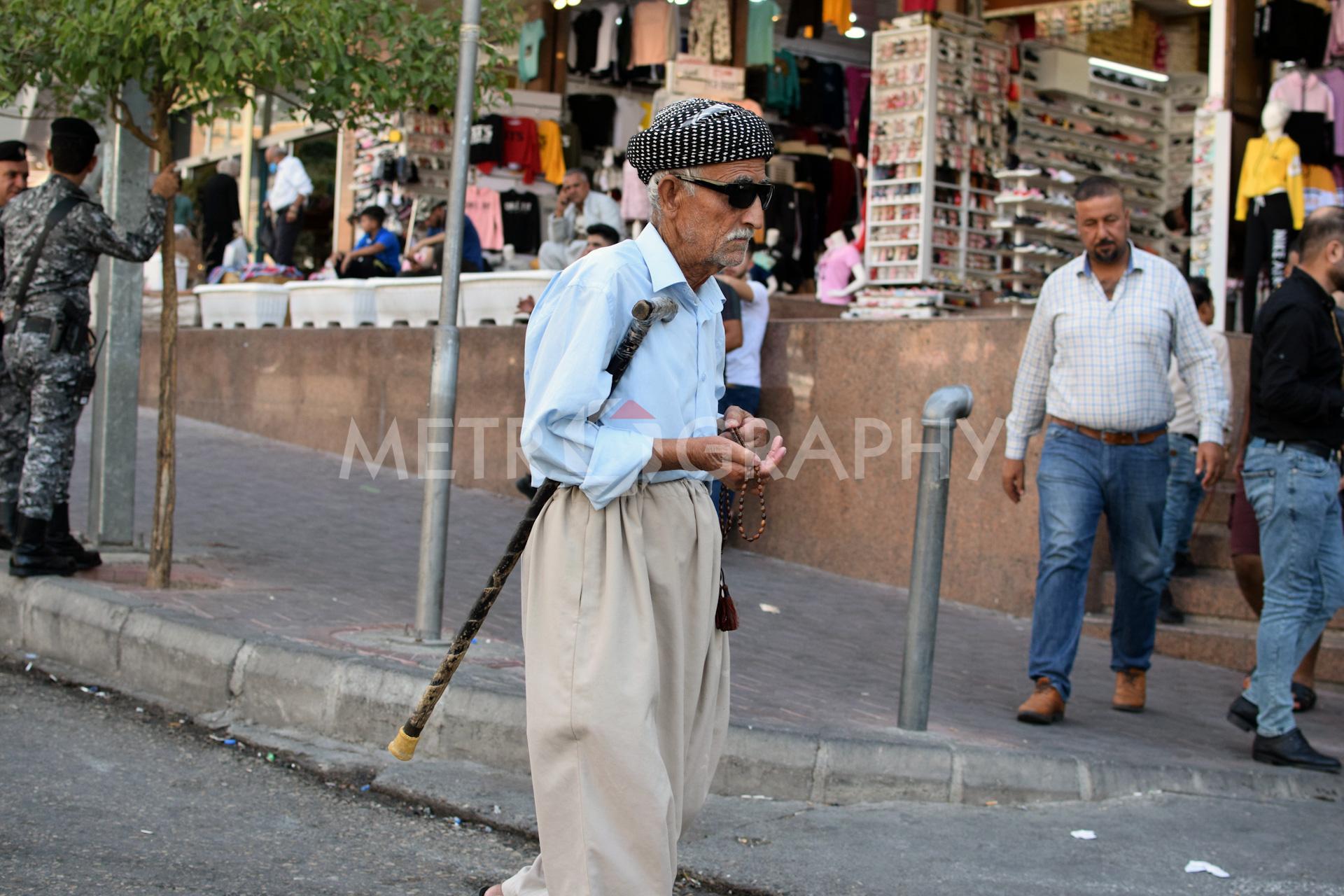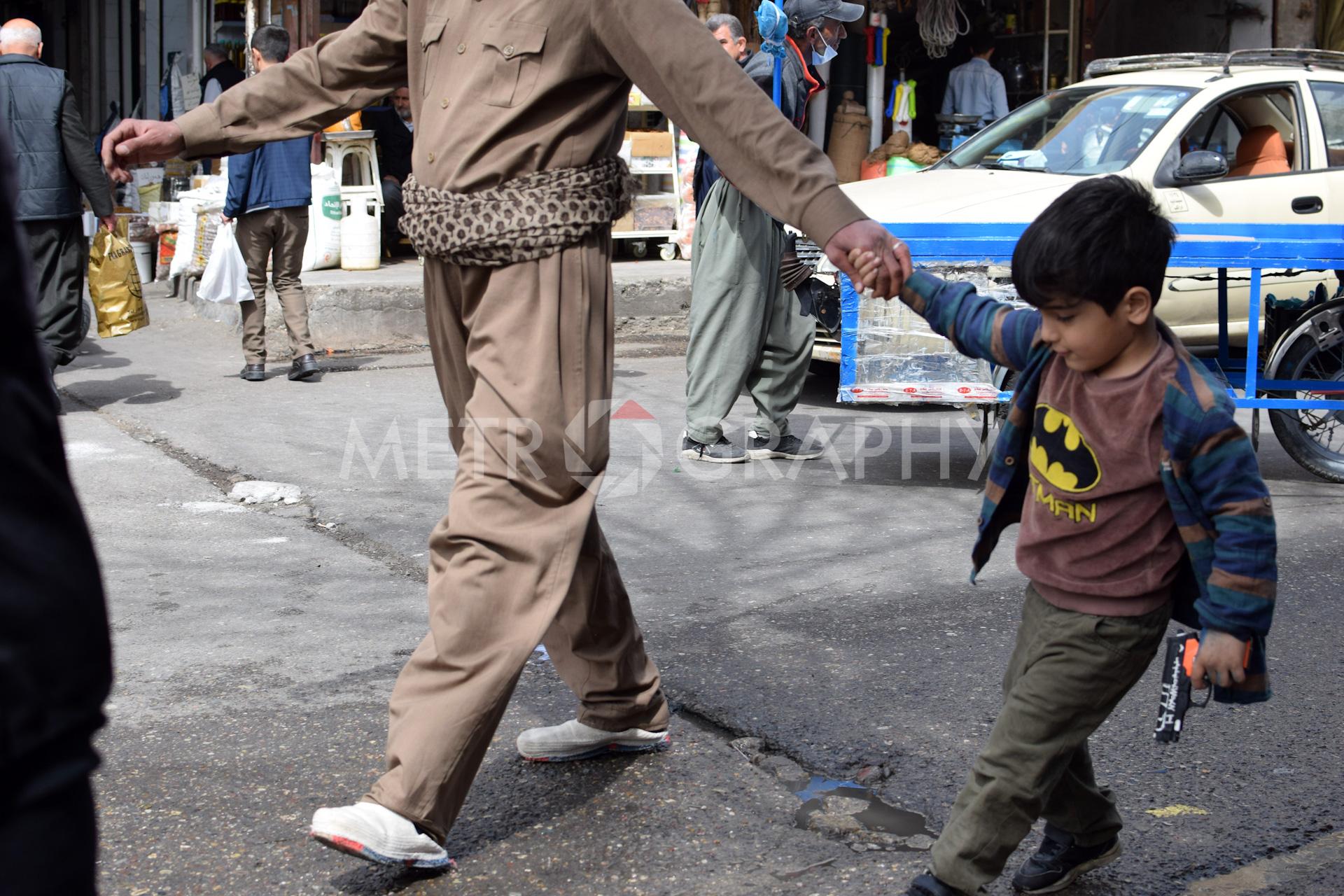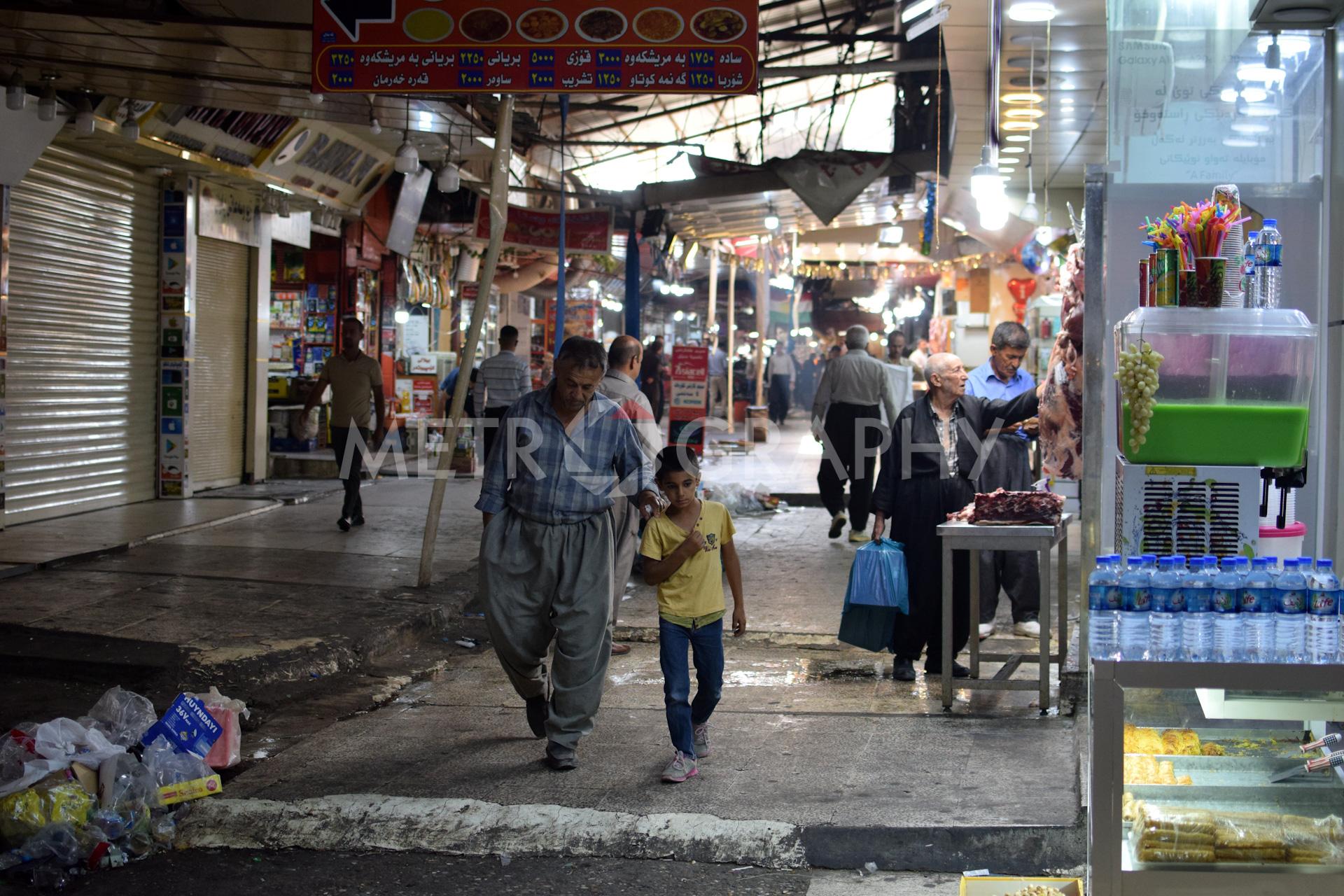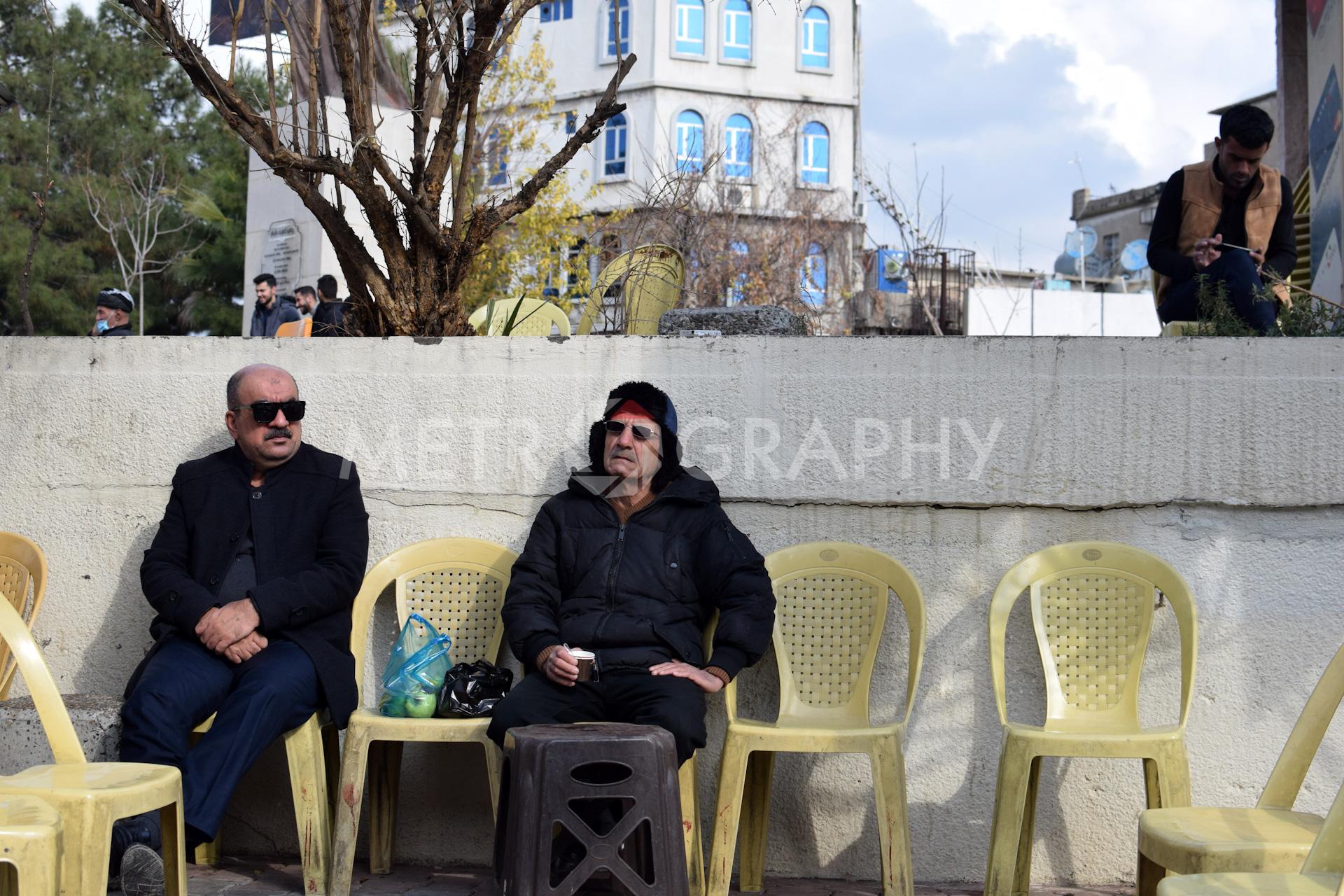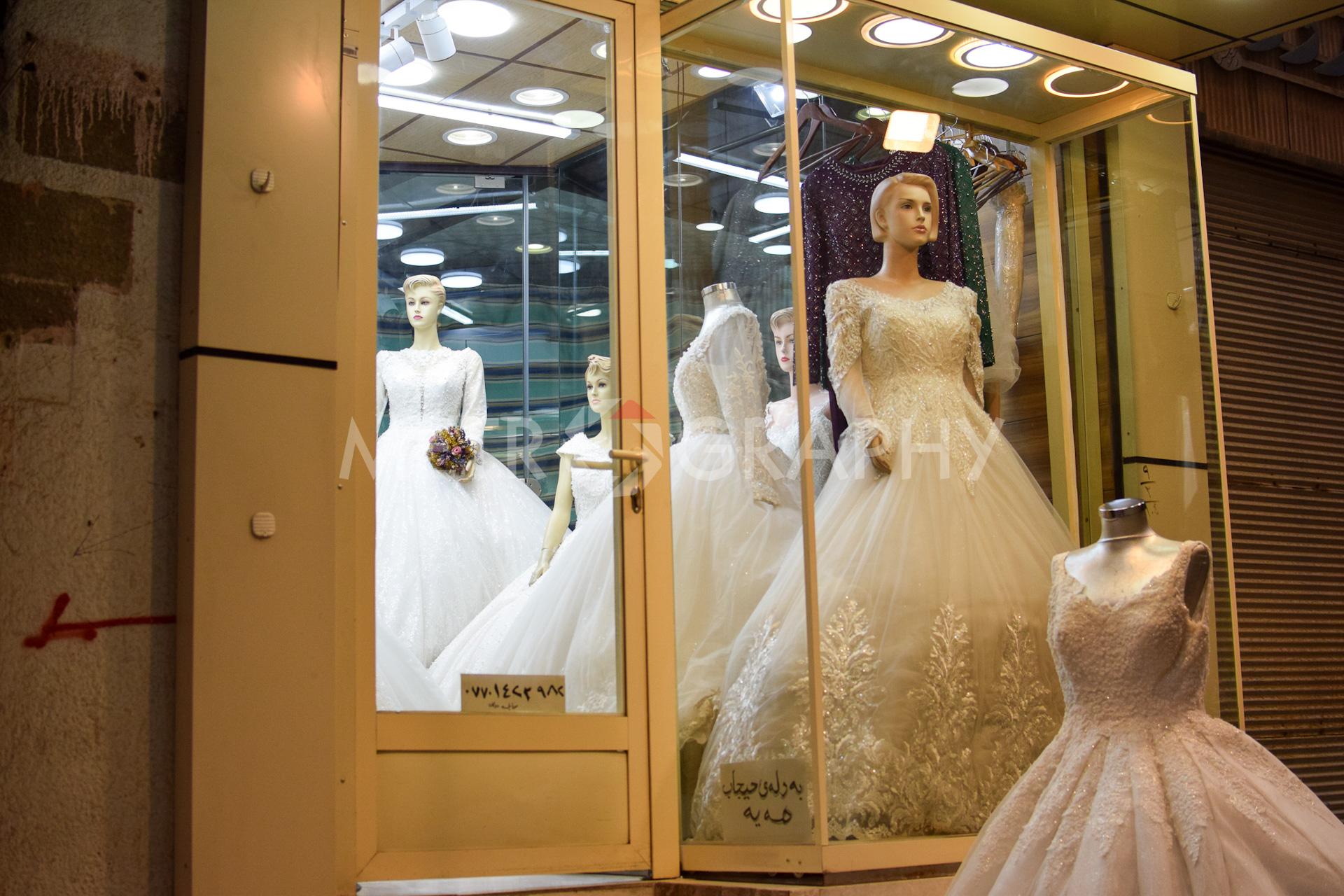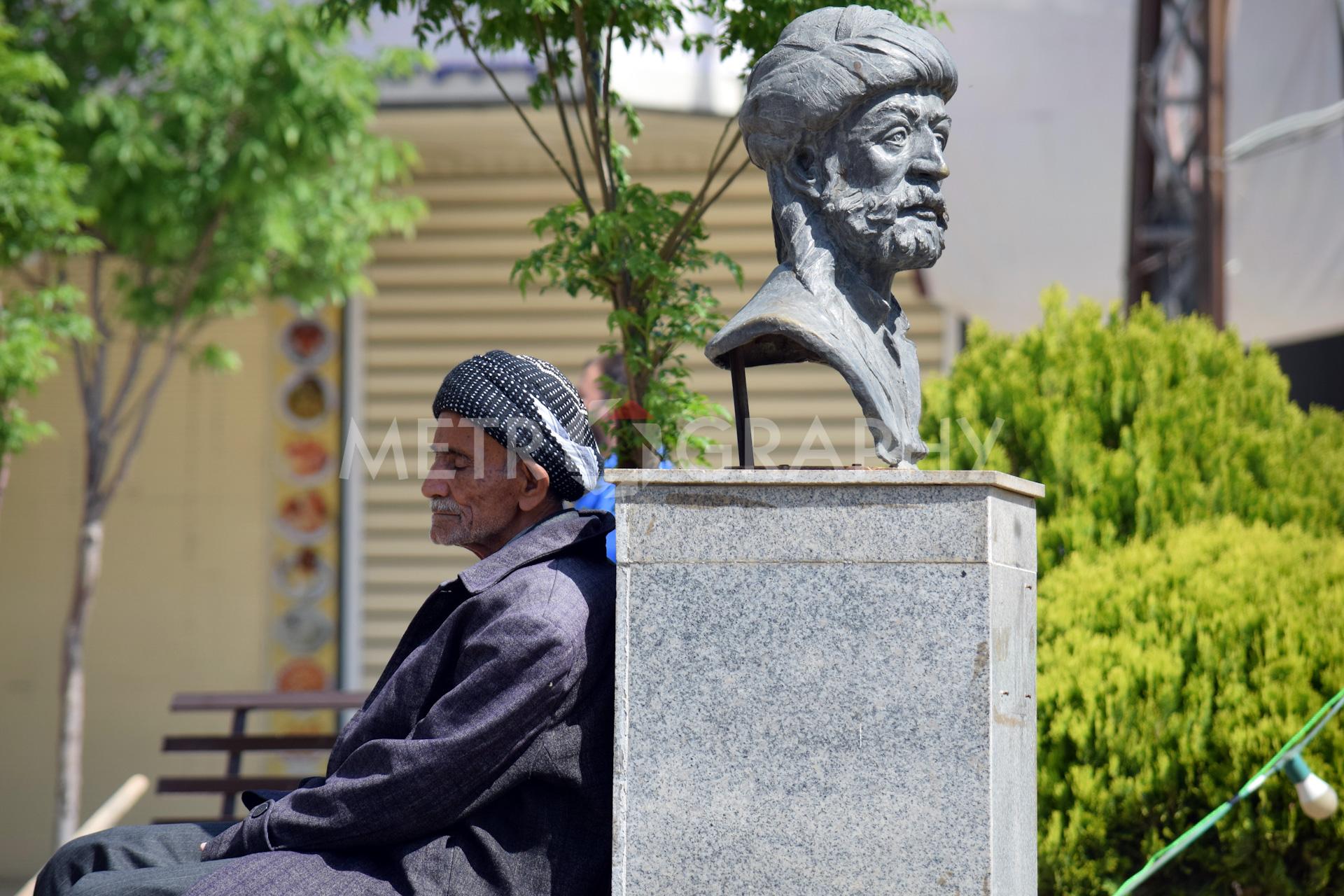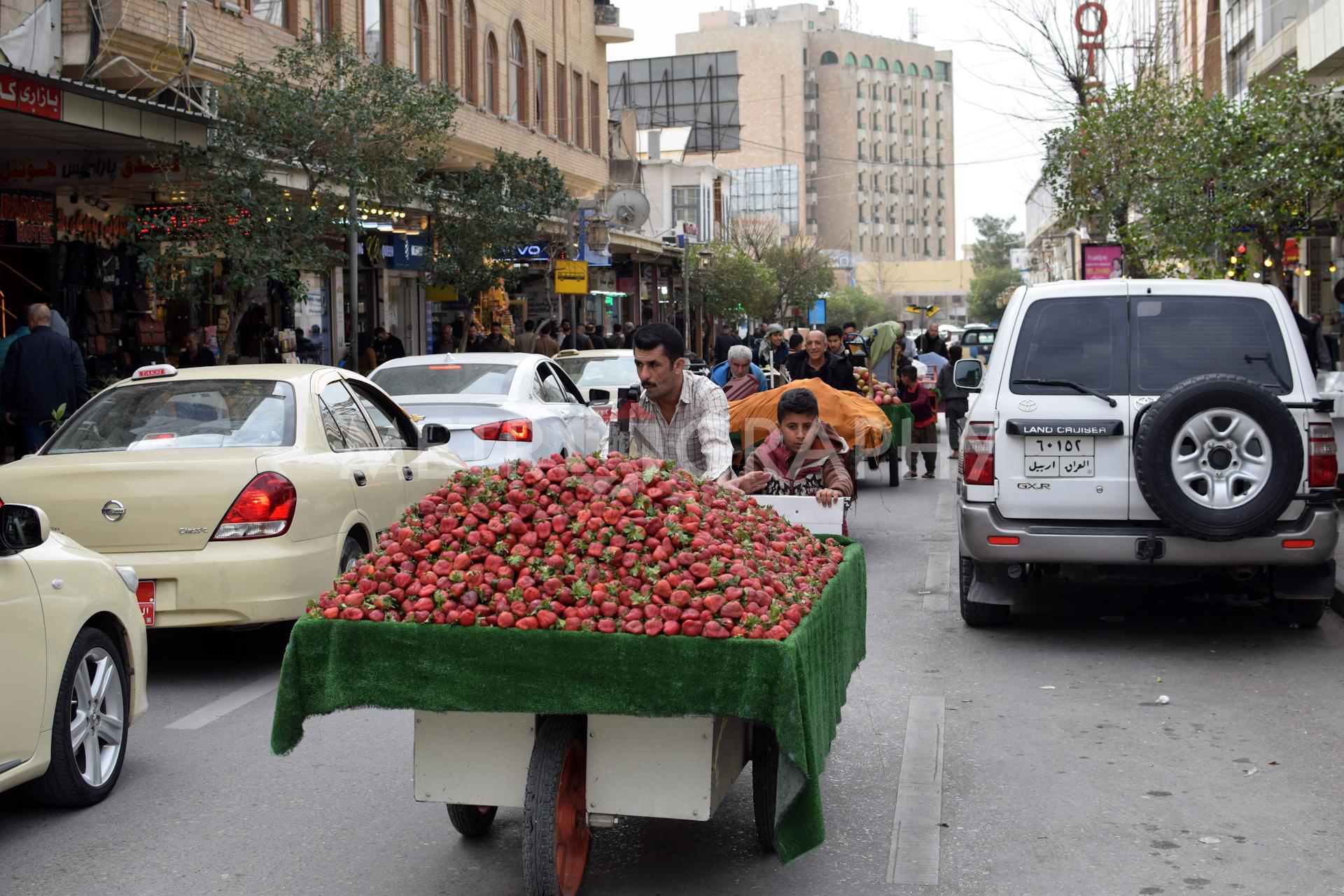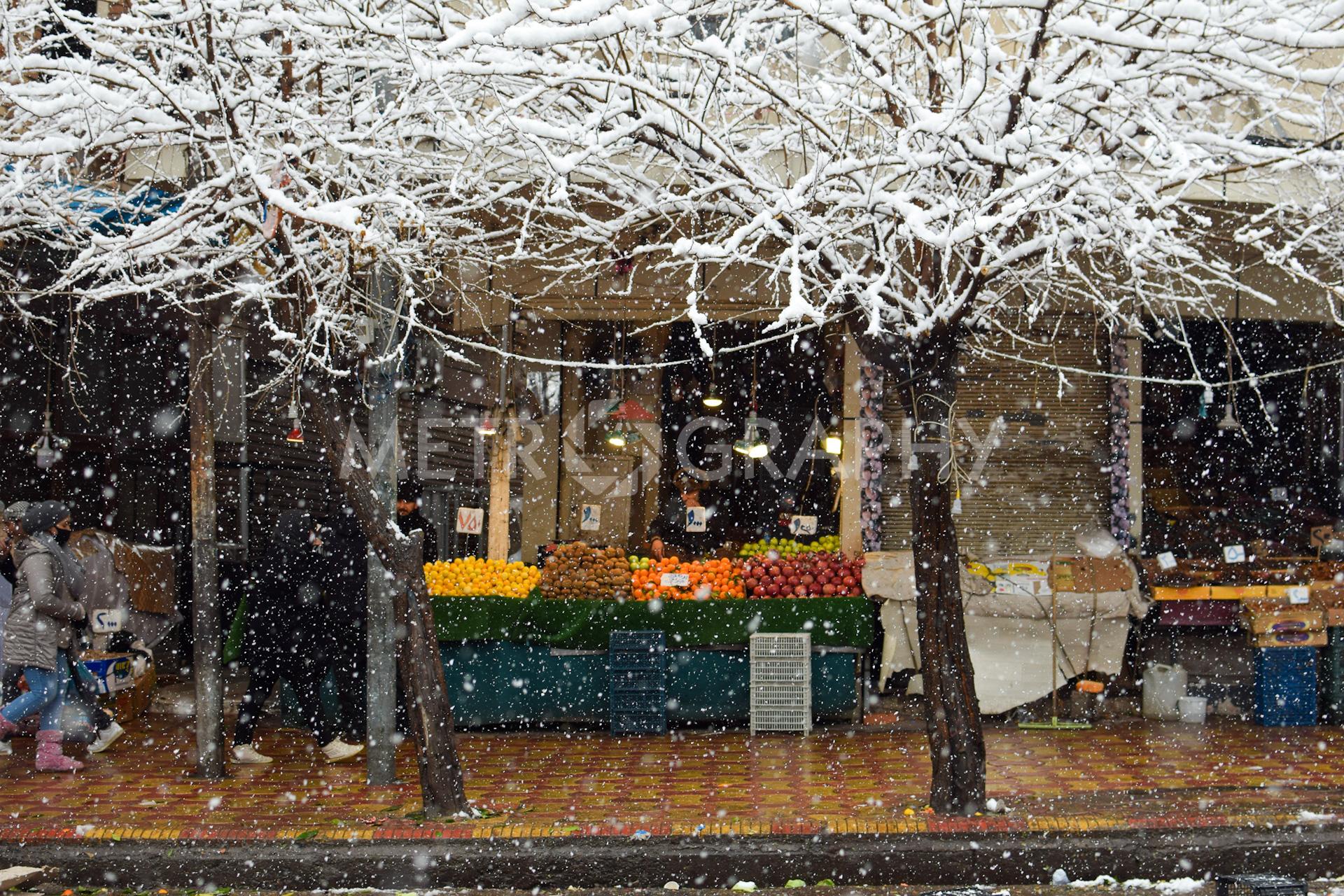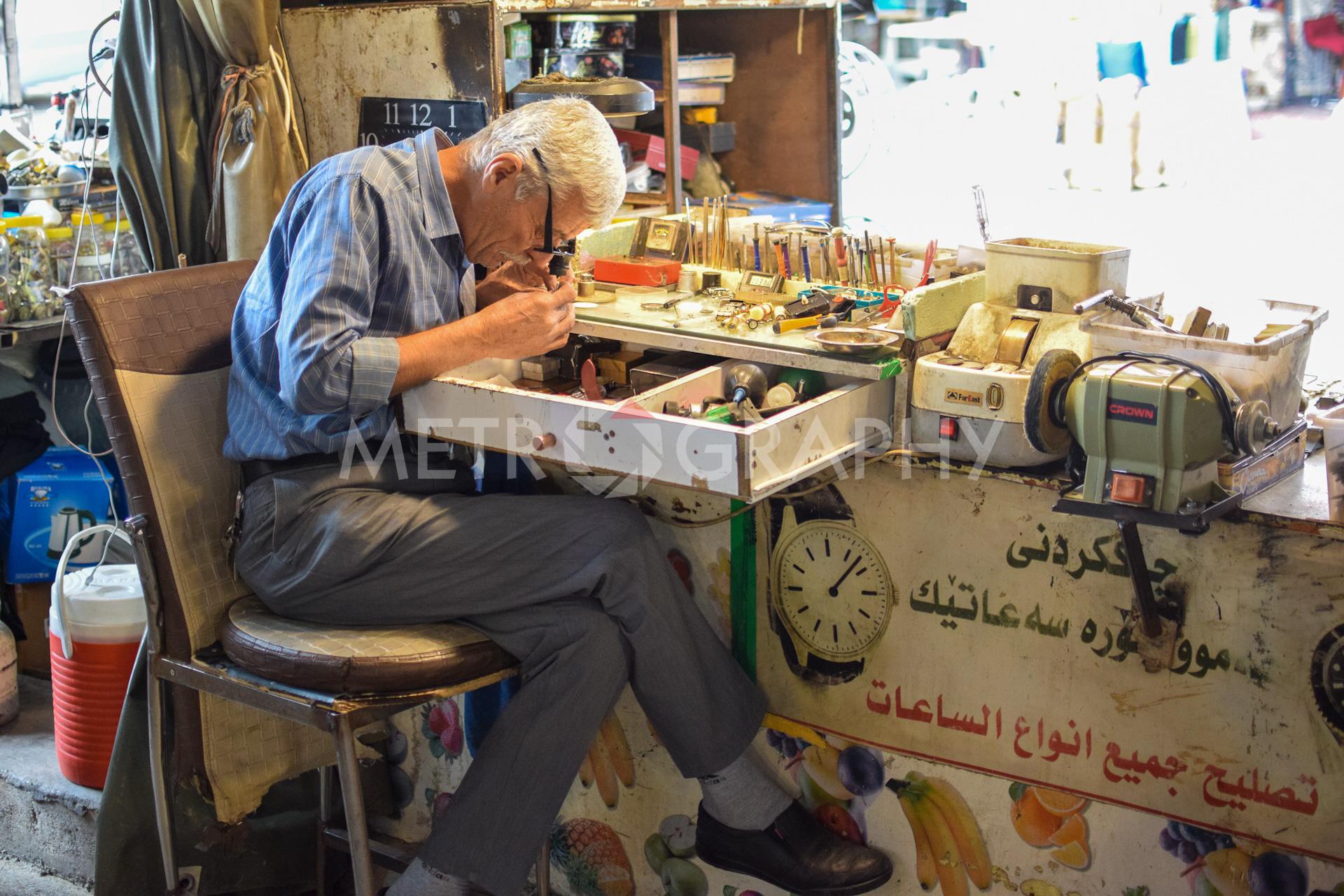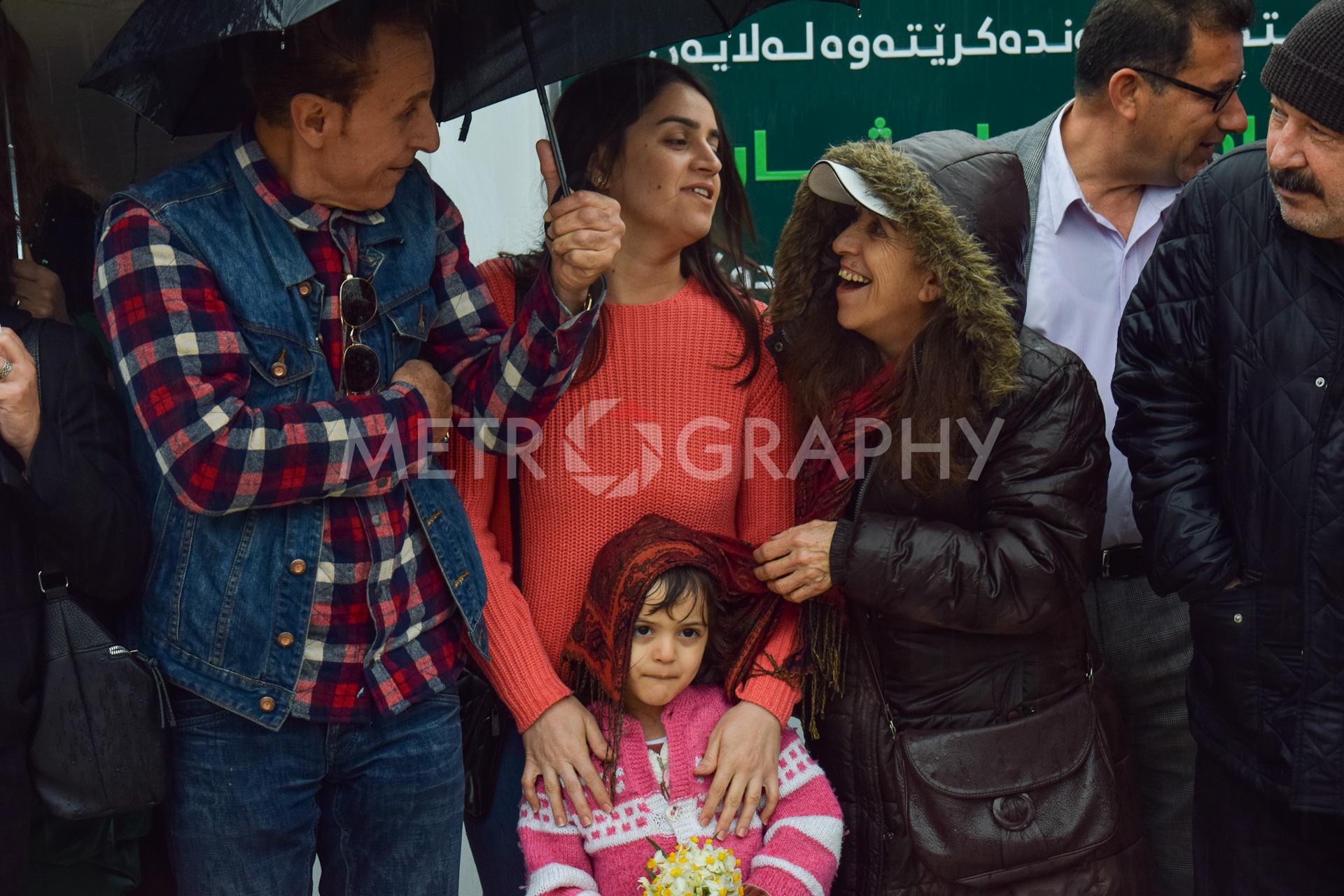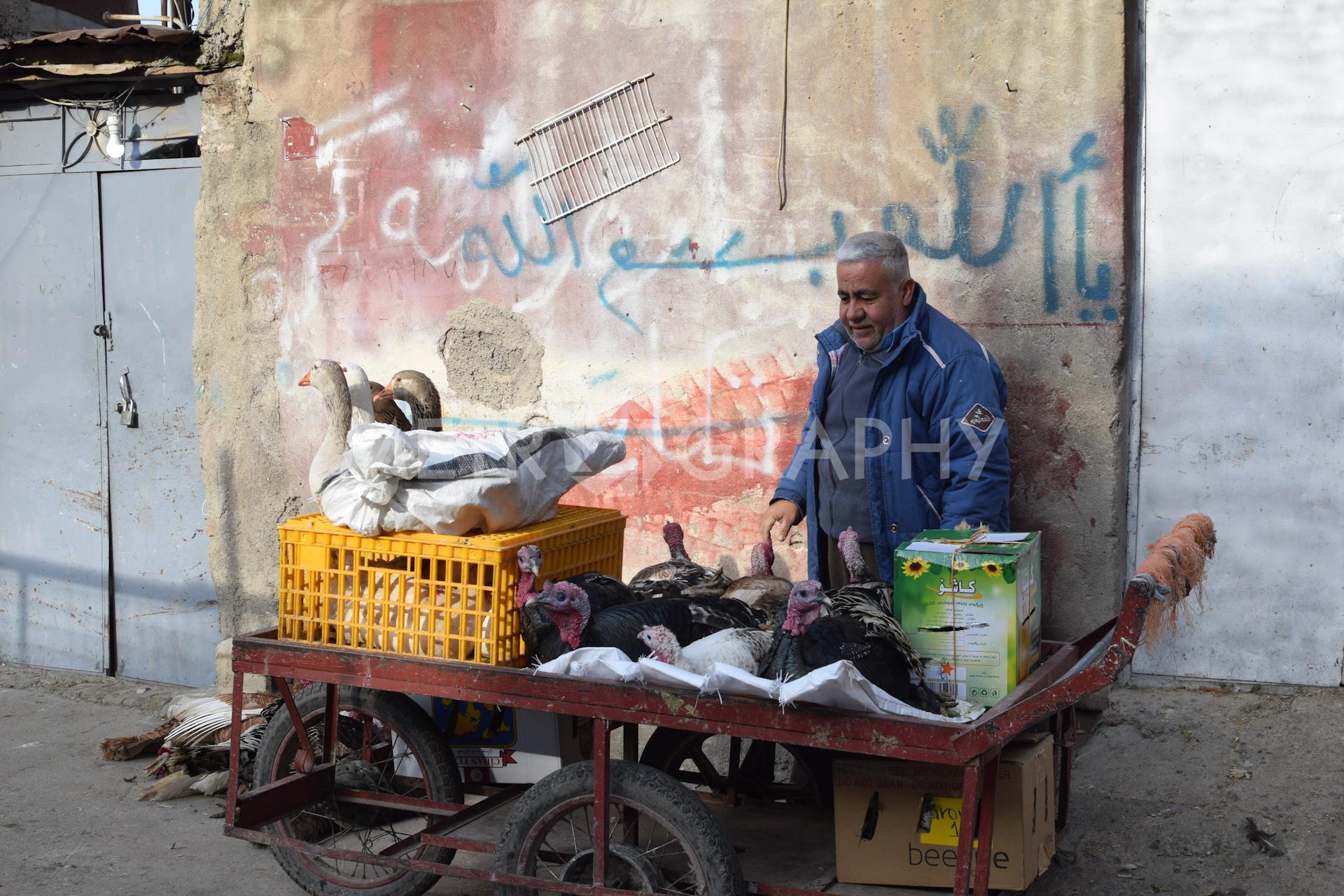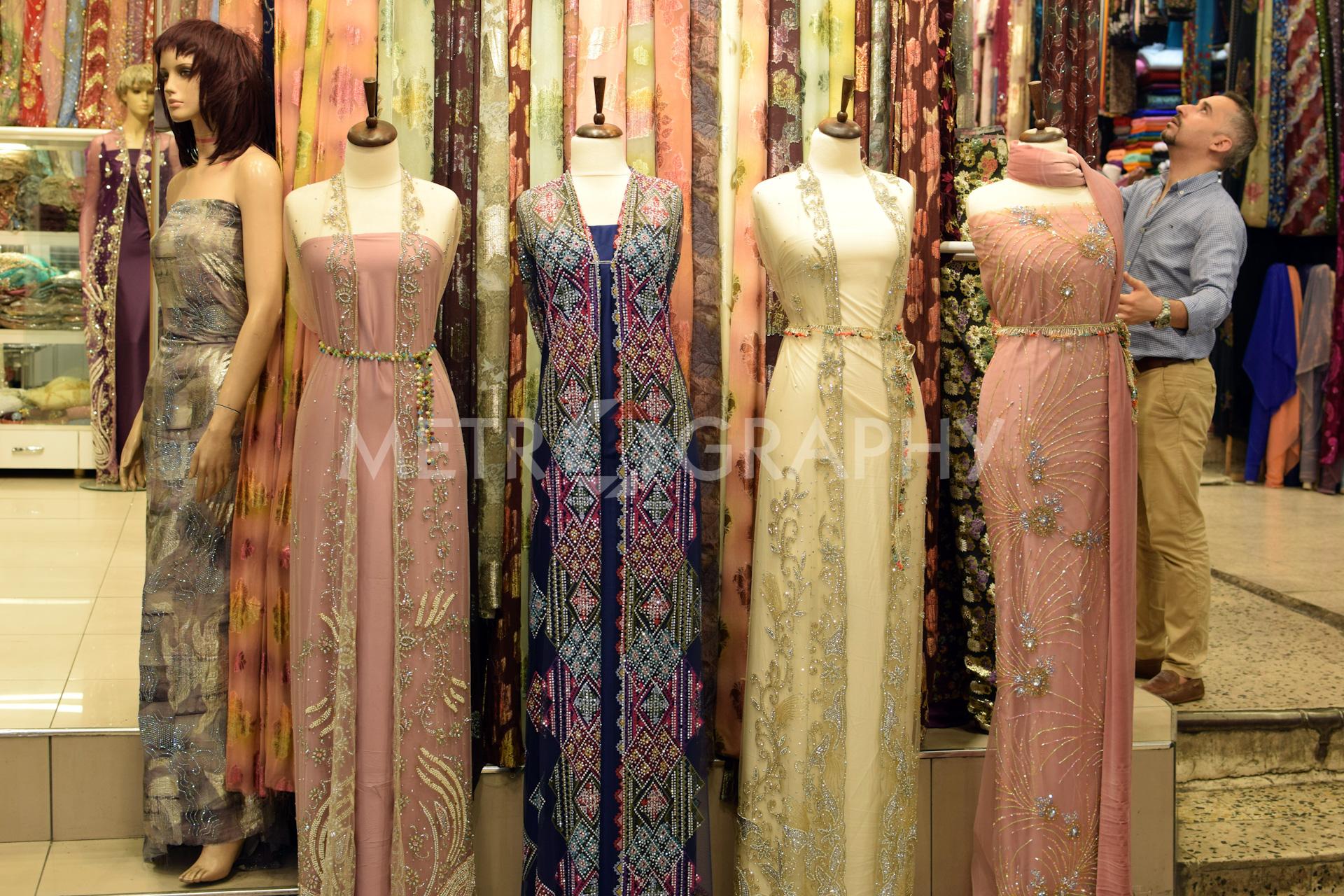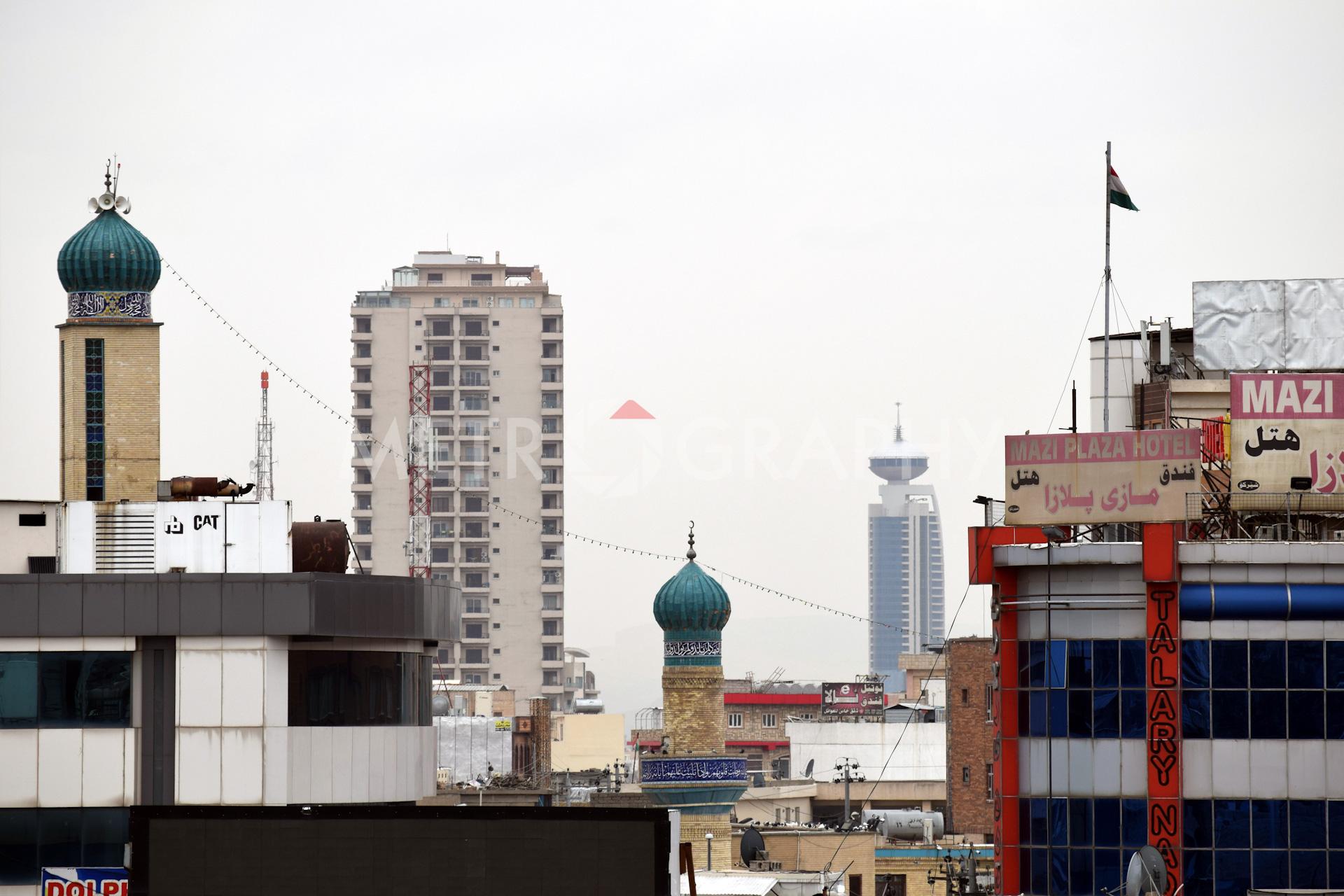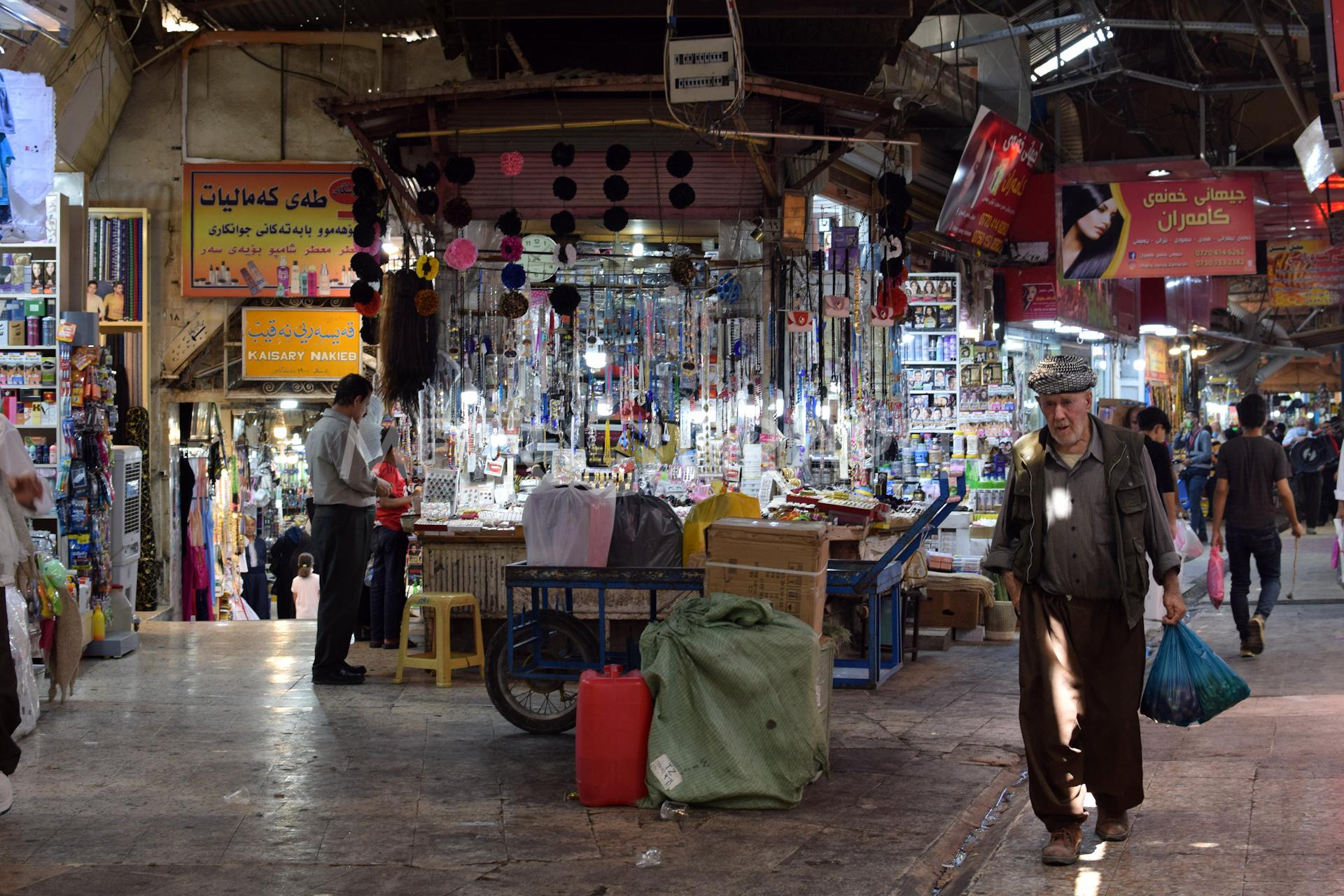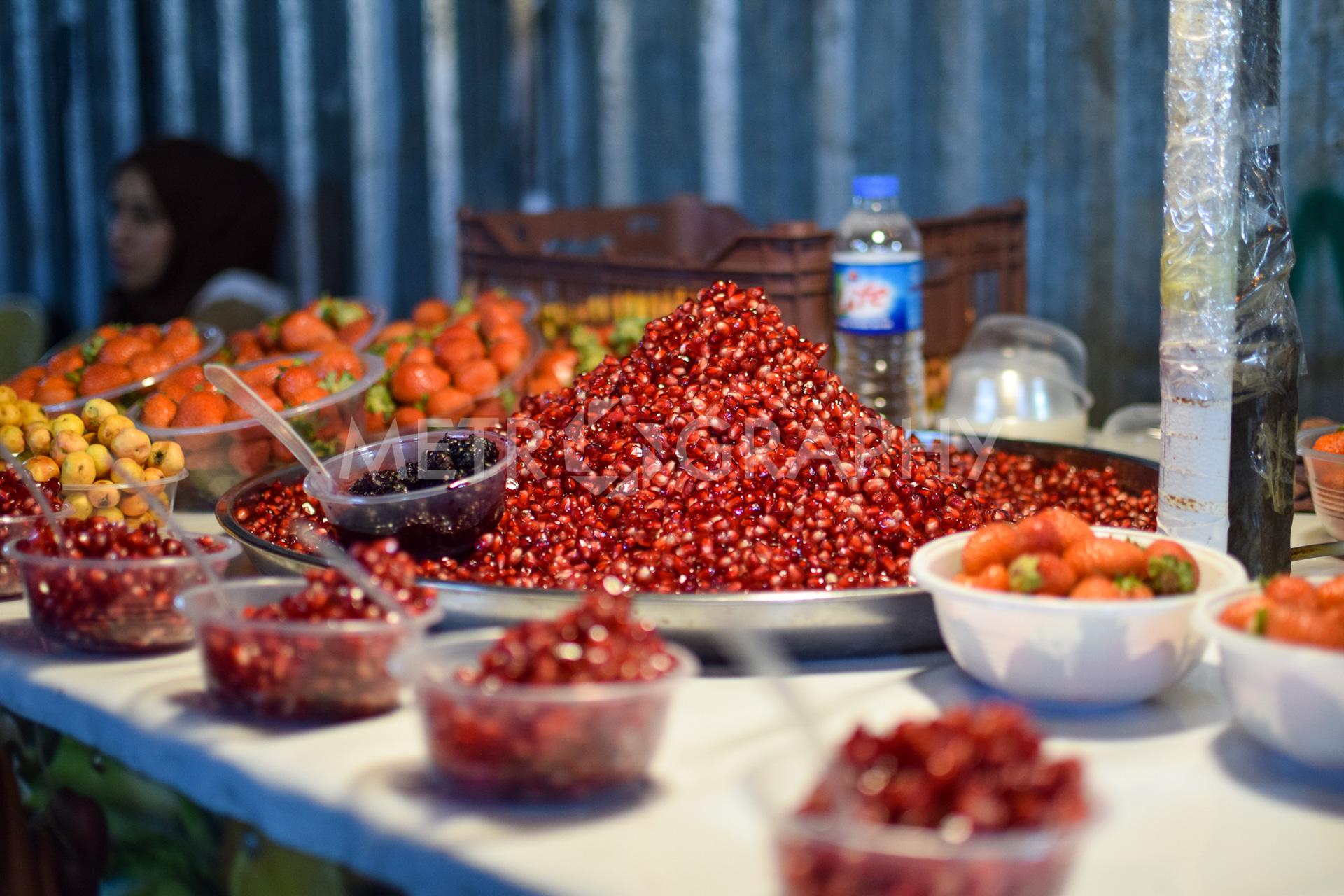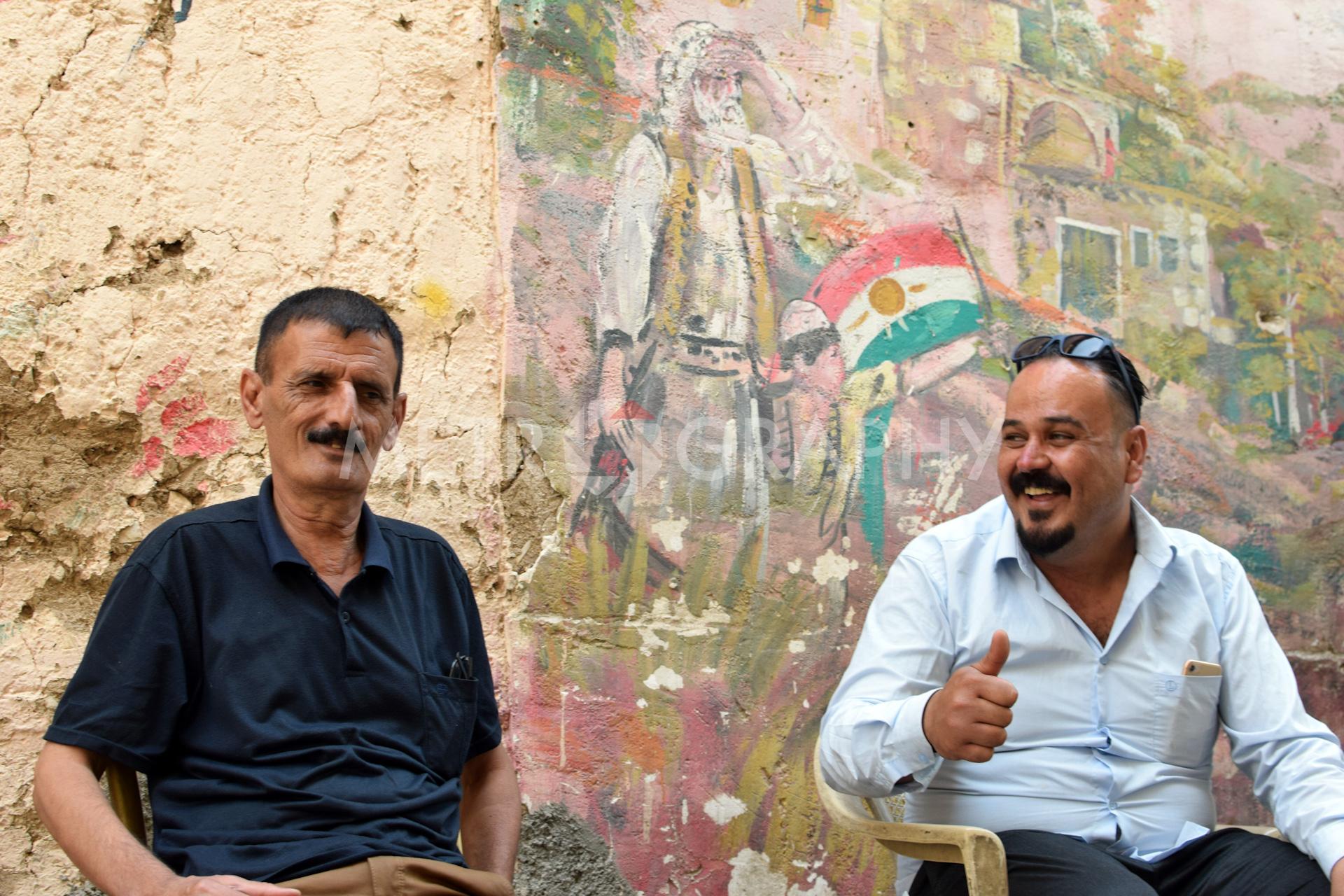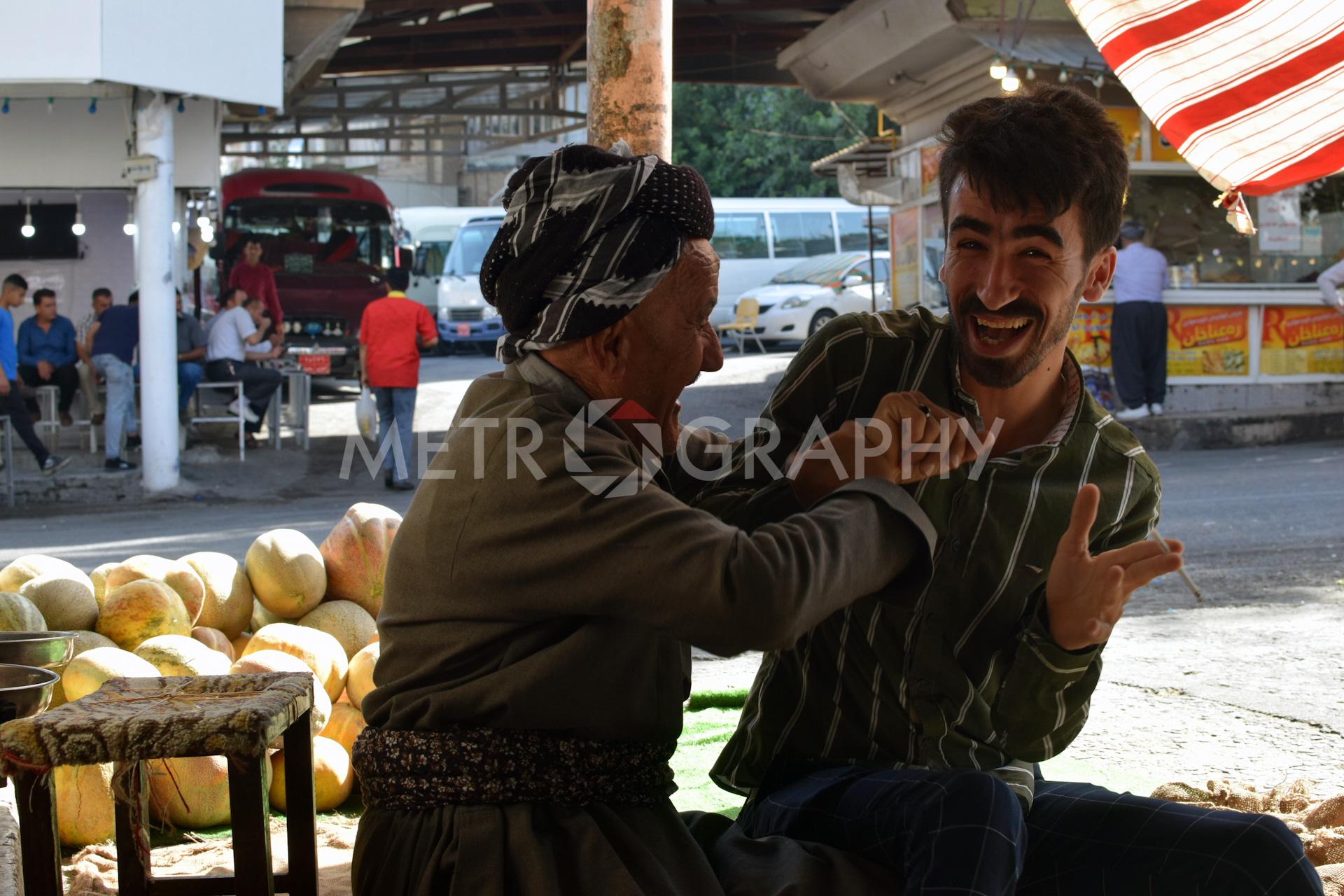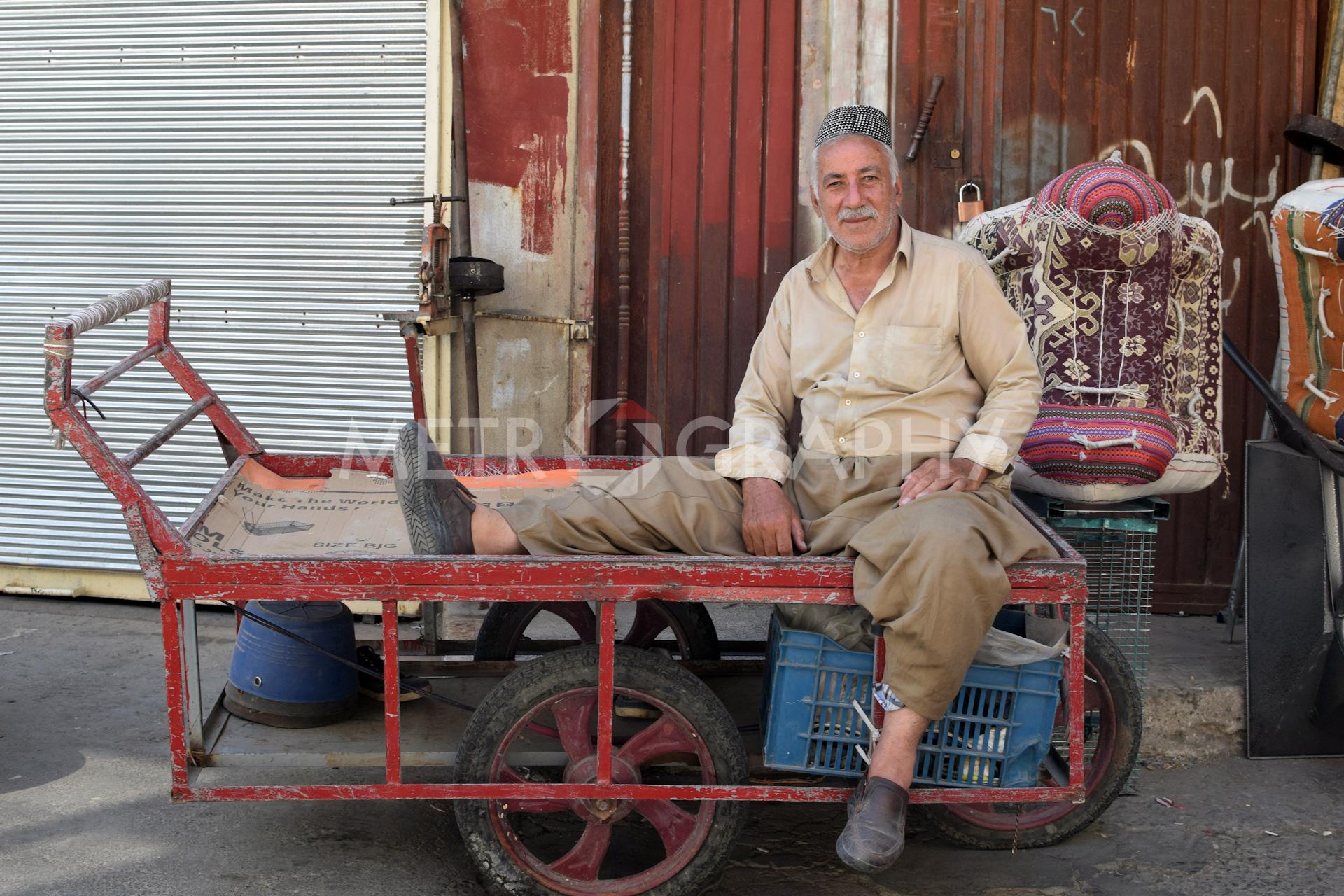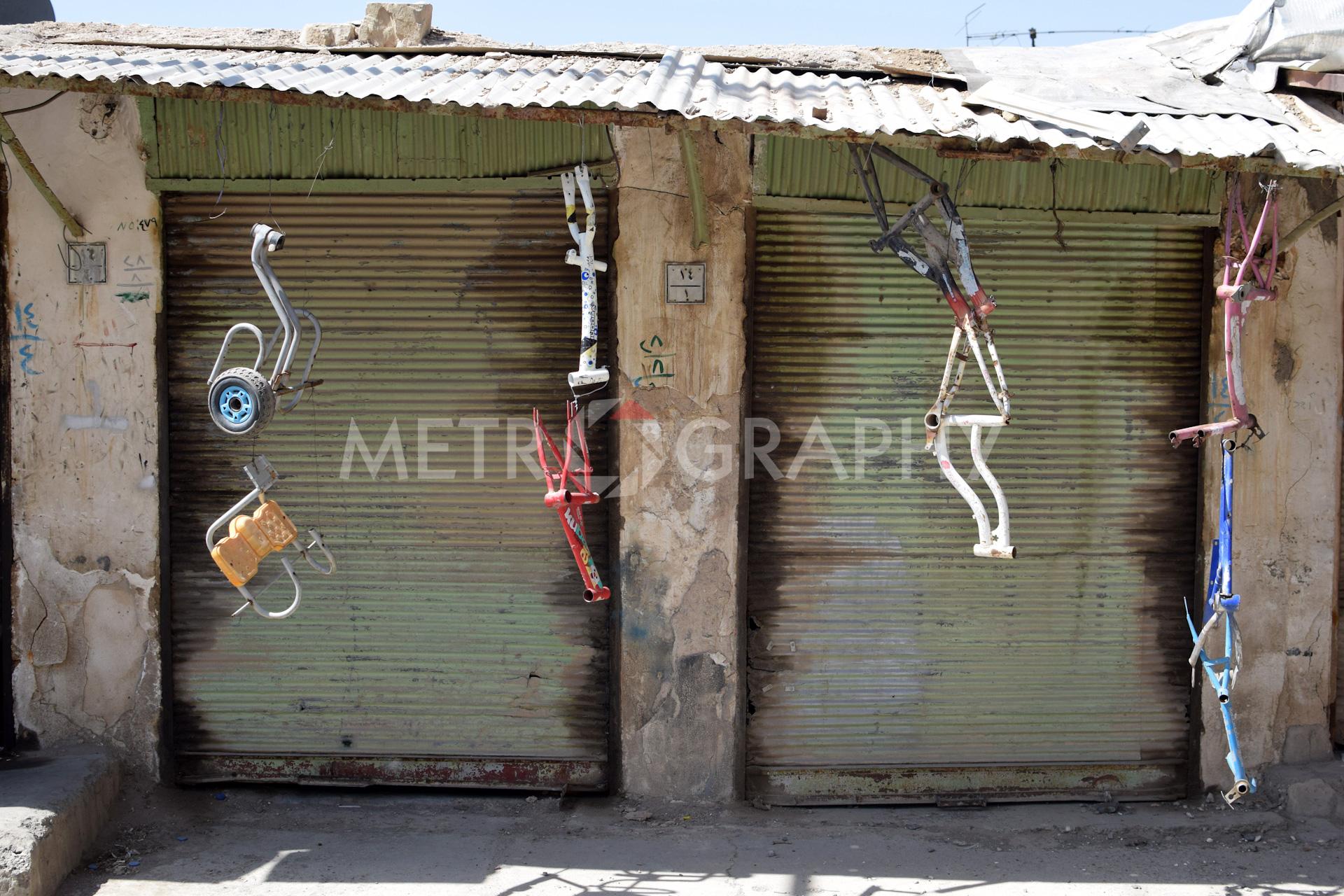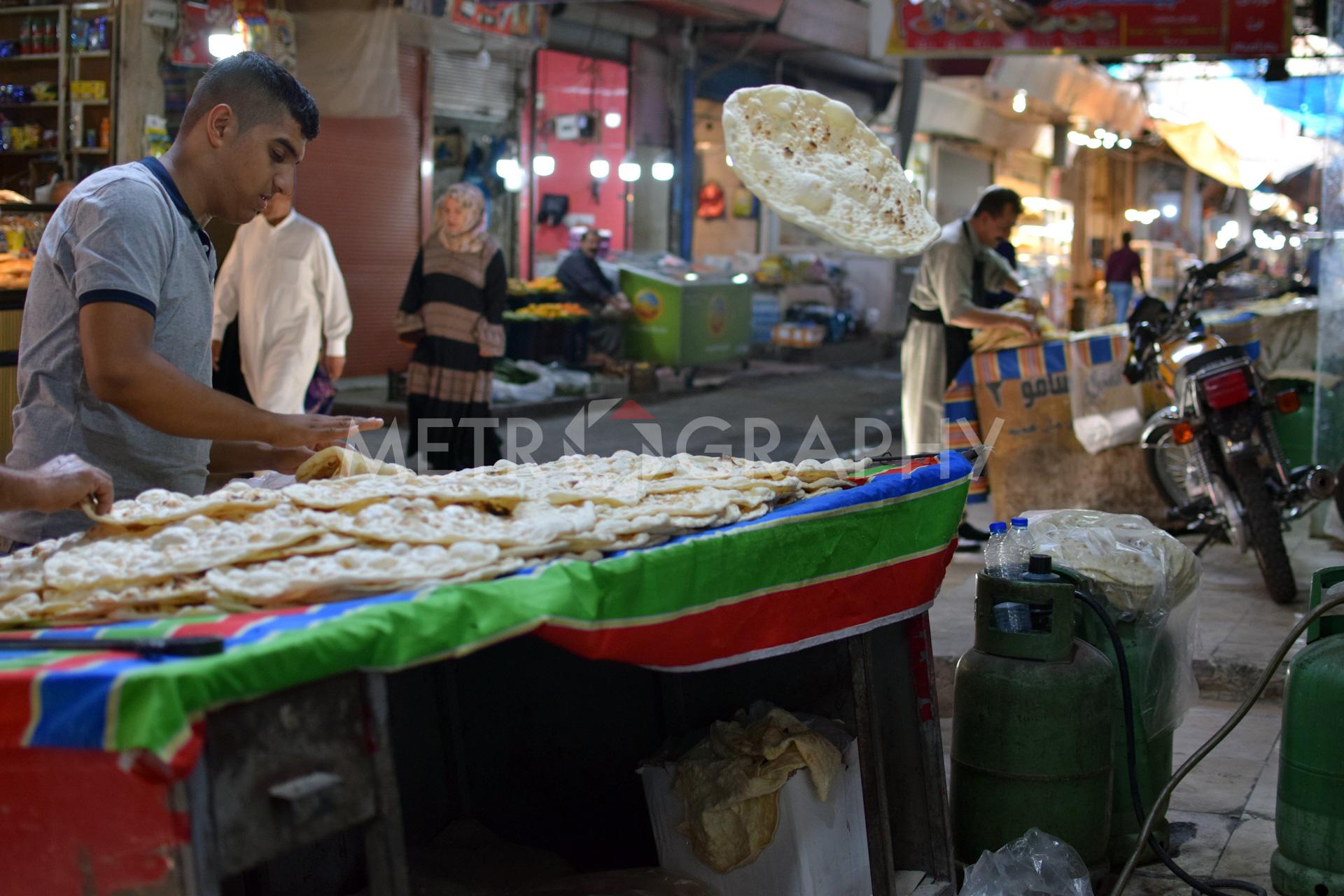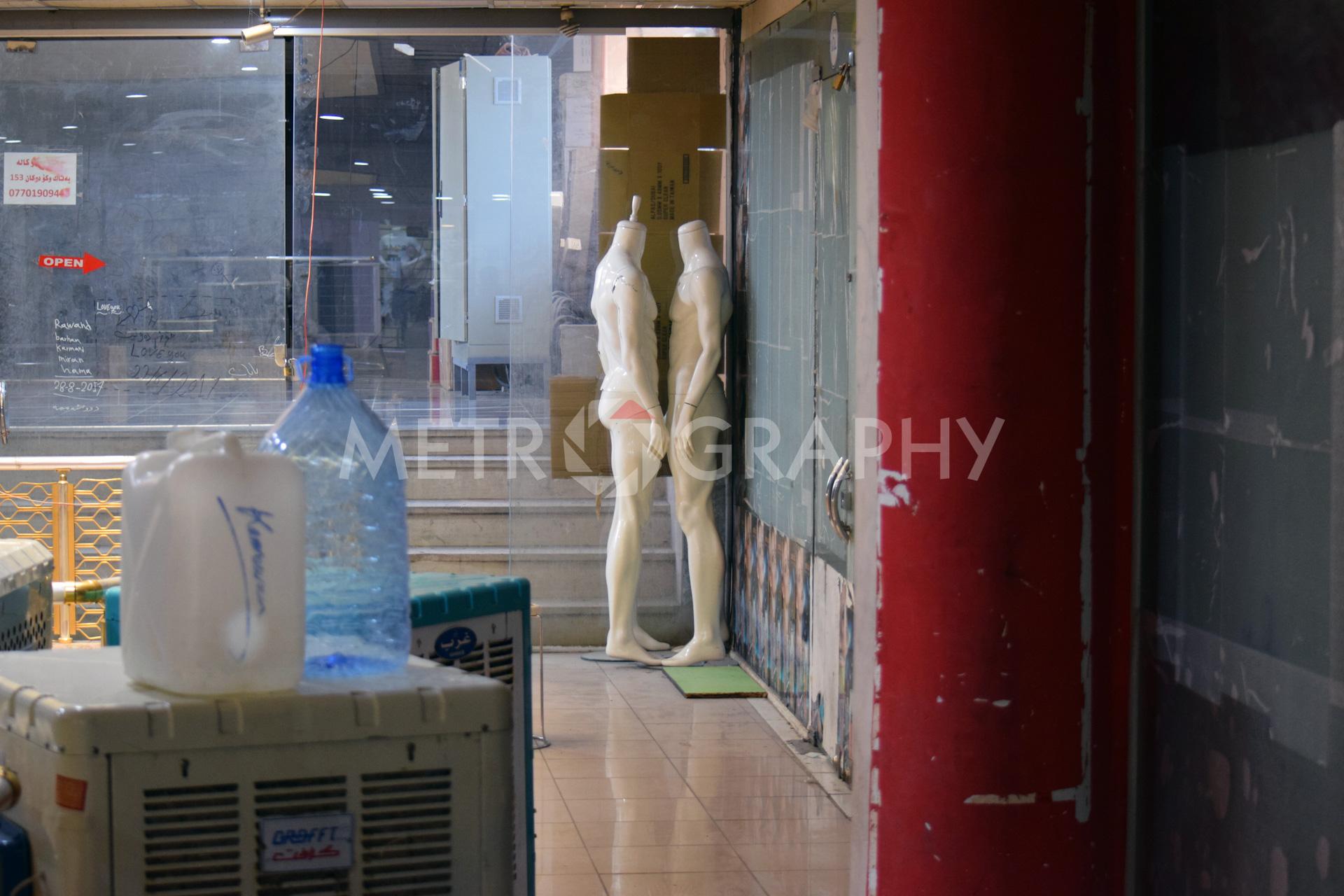Journalist and photographer Winthrop Rodgers planned for a brief stay when he arrived in Kurdistan in March 2018, but became deeply interested in the land and its people, living in Sulaymaniyah until December 2023. Turning his camera to the bazaar, he captured the city’s dynamic heart, reflecting the complex interactions of humanity, labor, and commerce. Photos: Winthrop Rodgers/Metrography.
“I arrived in Sulaimani in March 2018, expecting to stay for about a year, but Kurdistan had other ideas for me and I remained there until December 2023. It is a compelling and deeply layered place that — for better or worse — is always shifting. Photographing the bazaar reflects that complex character, both as a subject and as a process. Each stall has its own personality, a mix of humanity, commerce, labor, and material. A small turn of the focus ring changes what you see within the shot: a songbird in a cage or a man contemplating a cigarette or a pile of yellow apples with one red one thrown in.
I am primarily a print journalist, but I began photographing the bazaar as a way to show my new home to family and friends. Wandering through the warren of alleys and passages was confusing at first. Early on, I needed some keys cut for my apartment and, after ages looking and asking and gesturing and getting turned around, eventually I found the right shop. Afterwards, I thought to myself: “I am never going to find this place ever again.” Of course, following years of walking the bazaar, I now navigate it just fine — but I couldn’t possibly give you directions.
The bazaar was deserted during the COVID-19 lockdown in early 2020, but as a journalist I was permitted to be out and about. I made several trips to the bazaar, which may never again be as empty as it was then. People saw my pictures of the closed-up shopfronts on Facebook and lamented that the soul of the city was gone. As soon as the restrictions were lifted, the bazaar burst forth again. The old men sitting outside their shops that day couldn’t stop smiling. The more time I spent in the bazaar, the closer I felt to Kurdistan and to Kurds.
The bazaar is a place of vibrancy and contradictions. There is a walnut seller whose head and face resembles the frowning spheres piled around him. The woman making a sour expression coming out of the candy shop. The pushcart holding up traffic, piled implausibly high with strawberries. There is nothing cooler than an old man in Kurdish clothes and sunglasses. I may have the world’s largest collection of photos of bored Kurdish shopkeepers.
My work as a journalist focuses mostly on politics, and I have written many stories about the hard times that people in Kurdistan are facing. Politics and people are intrinsically interwoven. Once, a senior politician sarcastically suggested that I could “maybe even find something positive to write about Kurdistan for a change.” The comment bothered me. It still does. I work to describe and expose problems and injustices because I care deeply about Kurdistan and its people, but maybe she had a point. So, I will let my photography do that work — it can show the world how wonderful Kurdistan and its daily life can be and how much means to me.”

